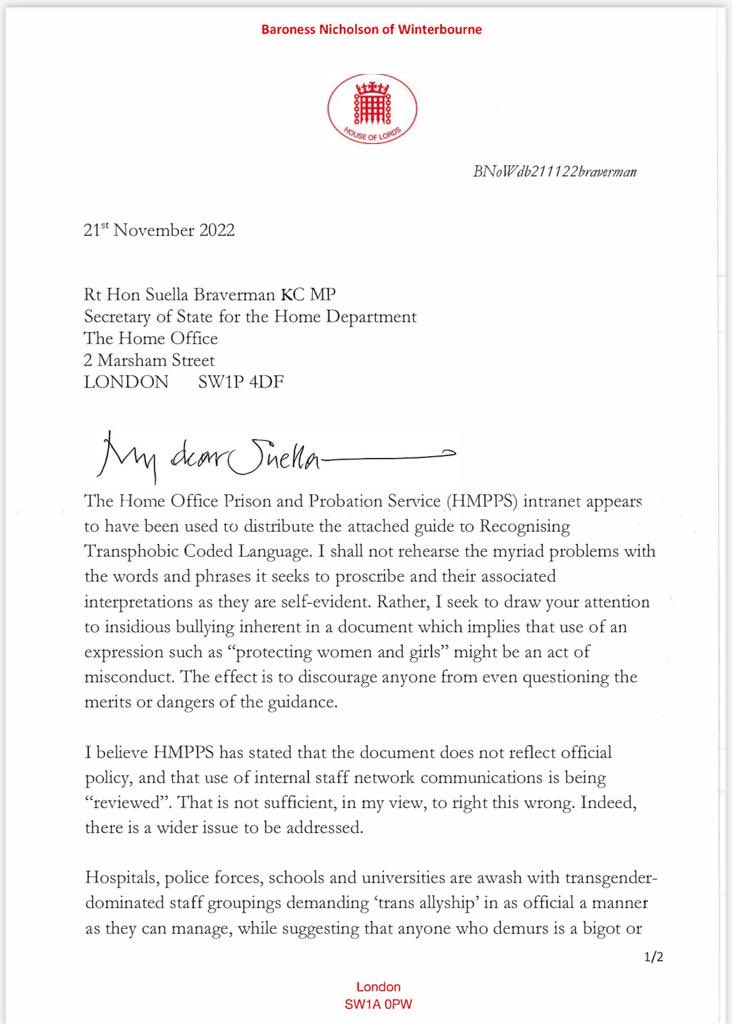The Colorado Sun gives background on Club Q:
Matthew Haynes opened Club Q 21 years ago with the goal of making sure LGBTQ people in Colorado Springs had a long-lasting place to call home.
Except that’s not exactly how Matthew Haynes words it, at least not in this story.
Haynes says Club Q has always been a community center more than anything else.
“There have been so many happy stories from Club Q,” he told The Colorado Sun on Sunday morning. “People meeting and relationships being born. So many celebrations there. We’re a family of people more than a place to have a drink and dance and leave.”
…
Haynes, who is a co-owner of Club Q, said he opened the club because Colorado Springs’ main gay bar at the time, Hide and Seek, appeared on the verge of closing. (The Colorado Springs Independent reports Hide and Seek shut down in 2005. The Gazette reported it opened in 1969.)
“It was clear that the Hide and Seek was in trouble, was failing,” Haynes said. “I bought that real estate (Club Q) intentionally because other gay clubs have come and gone in Colorado Springs. By owning that real estate and making our mark there it was intended to be long term. And it has been. It was literally: There wasn’t any place in Colorado Springs.”
When Haynes is directly quoted he calls it a gay club like other gay clubs. It appears to be the reporters who call it LGBTQ+.
Colorado Springs, which is home to Focus on the Family, an evangelical Christian organization, has grown more friendly to the LGBTQ community, as has the rest of the country.
“Twenty-one years ago, we didn’t have marriage,” Haynes said. “Twenty-one years ago you got kicked out of the military if they found out you were gay. You couldn’t go sit in a restaurant next to your partner. Club Q was that safe place for people to come and feel and understand that they are normal — that the way they feel is normal and there are people just like them.”
Haynes talks about one community, the reporters talk about a different one.
(Also, though, is it true that two men or two women couldn’t go sit in a restaurant? That doesn’t sound right. I can believe they felt constrained to pretend to be Just Friends, but not able to go at all seems unlikely.)
Alycia Erickson, a pastor at Pikes Peak Metropolitan Church, which was founded in 1979 by members of the LGBTQ community, knows many people who patronize Club Q and and called it a refuge for them.
But there was no “LGBTQ community” in 1979. Nobody called it that then. There can’t have been members of a “community” that didn’t exist.
“Club Q has been an important part of this community for many years,” Erickson said. “We are not welcome in so many places, and we can’t be ourself. Gay bars have been a sanctuary of a different kind.”
Again the interviewee says gay and the reporters change it to LGBTQ.
Kelsey Fauser, pastor at Grace Lutheran Church in Colorado Springs, described Club Q as a place “for safety, love and security,” and where people in the LGBTQ community could celebrate themselves and “just be.”
We can’t be confident that that bit outside the quotation marks is what Fauser said.
“It’s hard when you hear about news like this because it isn’t just some distant place or a news headline, but rather you know the color of the walls,” said Fauser, who is part of a LGBTQ league with drag queens and kings who perform at the nightclub.
Drag queens and kings. That’s not the same as trans.
The horror of what happened at Club Q is of course much bigger than the question of how Club Q is described, but all the same, the words do matter. It matters how women are described in reporting on violence against them, it matters how black people are described in reporting on violence against them, and the reporting on Club Q matters too.


